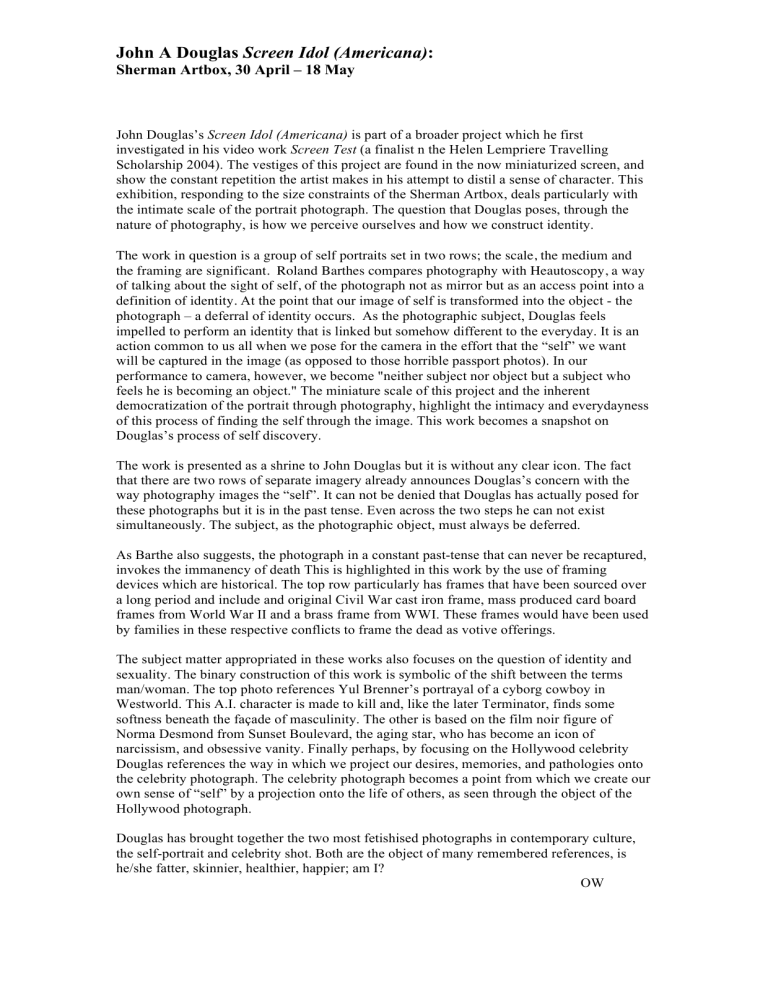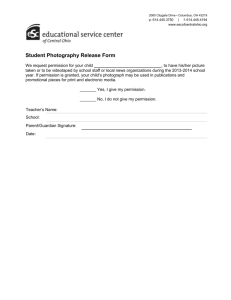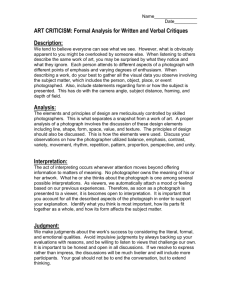Dr Oliver Watts, Screen Idol, Catalogue Essay

John A Douglas Screen Idol (Americana) :
Sherman Artbox, 30 April – 18 May
John Douglas’s Screen Idol (Americana) is part of a broader project which he first investigated in his video work Screen Test (a finalist n the Helen Lempriere Travelling
Scholarship 2004). The vestiges of this project are found in the now miniaturized screen, and show the constant repetition the artist makes in his attempt to distil a sense of character. This exhibition, responding to the size constraints of the Sherman Artbox, deals particularly with the intimate scale of the portrait photograph. The question that Douglas poses, through the nature of photography, is how we perceive ourselves and how we construct identity.
The work in question is a group of self portraits set in two rows; the scale, the medium and the framing are significant. Roland Barthes compares photography with Heautoscopy, a way of talking about the sight of self, of the photograph not as mirror but as an access point into a definition of identity.
At the point that our image of self is transformed into the object - the photograph – a deferral of identity occurs. As the photographic subject, Douglas feels impelled to perform an identity that is linked but somehow different to the everyday. It is an action common to us all when we pose for the camera in the effort that the “self” we want will be captured in the image (as opposed to those horrible passport photos). In our performance to camera, however, we become "neither subject nor object but a subject who feels he is becoming an object." The miniature scale of this project and the inherent democratization of the portrait through photography, highlight the intimacy and everydayness of this process of finding the self through the image. This work becomes a snapshot on
Douglas’s process of self discovery.
The work is presented as a shrine to John Douglas but it is without any clear icon. The fact that there are two rows of separate imagery already announces Douglas’s concern with the way photography images the “self”. It can not be denied that Douglas has actually posed for these photographs but it is in the past tense. Even across the two steps he can not exist simultaneously. The subject, as the photographic object, must always be deferred.
As Barthe also suggests, the photograph in a constant past-tense that can never be recaptured, invokes the immanency of death This is highlighted in this work by the use of framing devices which are historical. The top row particularly has frames that have been sourced over a long period and include and original Civil War cast iron frame, mass produced card board frames from World War II and a brass frame from WWI. These frames would have been used by families in these respective conflicts to frame the dead as votive offerings.
The subject matter appropriated in these works also focuses on the question of identity and sexuality. The binary construction of this work is symbolic of the shift between the terms man/woman. The top photo references Yul Brenner’s portrayal of a cyborg cowboy in
Westworld. This A.I. character is made to kill and, like the later Terminator, finds some softness beneath the façade of masculinity. The other is based on the film noir figure of
Norma Desmond from Sunset Boulevard, the aging star, who has become an icon of narcissism, and obsessive vanity. Finally perhaps, by focusing on the Hollywood celebrity
Douglas references the way in which we project our desires, memories, and pathologies onto the celebrity photograph. The celebrity photograph becomes a point from which we create our own sense of “self” by a projection onto the life of others, as seen through the object of the
Hollywood photograph.
Douglas has brought together the two most fetishised photographs in contemporary culture, the self-portrait and celebrity shot. Both are the object of many remembered references, is he/she fatter, skinnier, healthier, happier; am I?
OW







